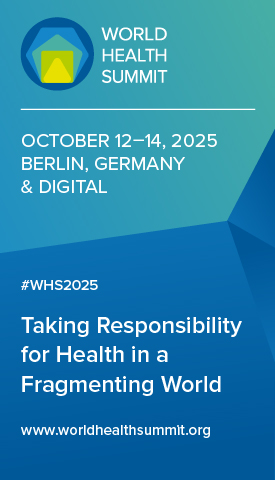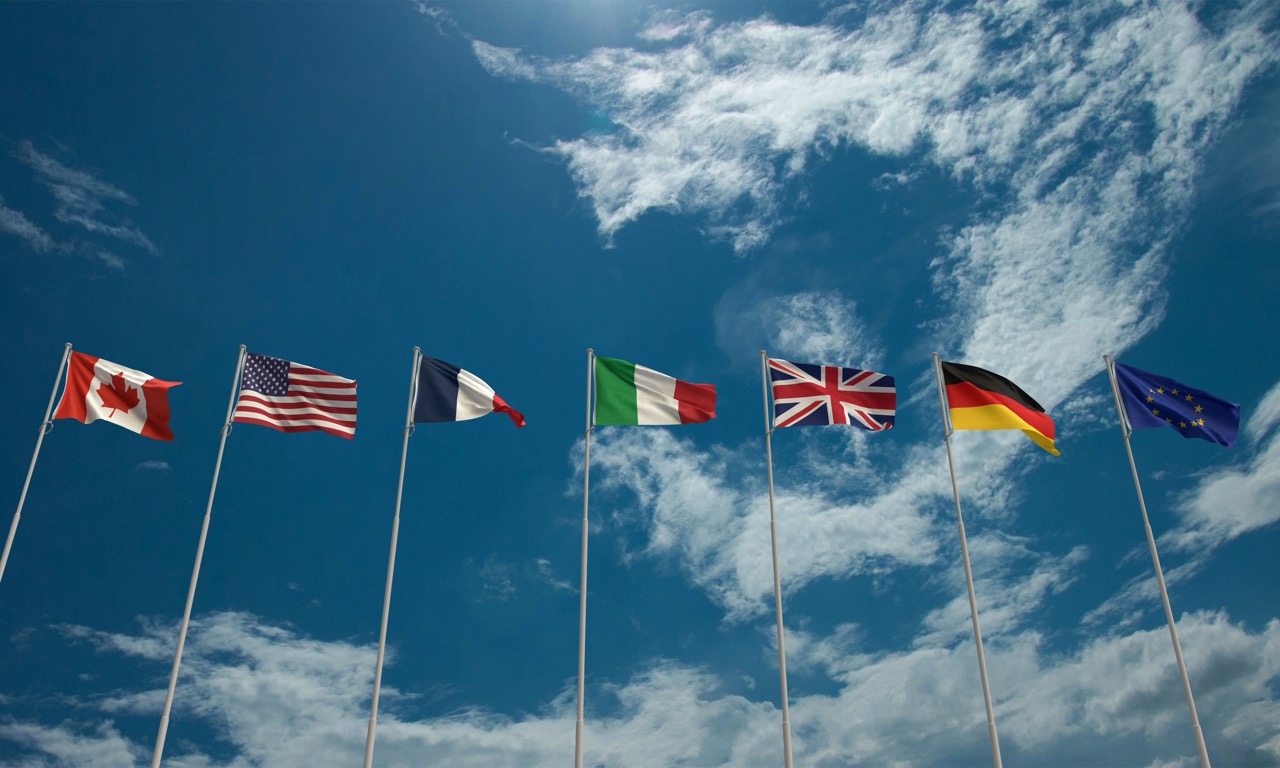G20 performance on development
The G20 has a strong development agenda, but to achieve its goals the group must focus on quality, not quantity
In preparing the development agenda for 2022, the G20 started off strong at the first Development Working Group meeting in February by setting four priorities: recovery from the Covid-19 pandemic, private financing for sustainable development, multilateralism and progress on the Sustainable Development Goals. To ensure success at Bali in November, G20 leaders must make fewer, more focused commitments that are in line with these priorities.
Conclusions
Since 2008, the G20 has dedicated an average of 25% of its communiqués to development. The first summit in 2008 dedicated 18% of its words to development. In 2009 London devoted 28% to development and Pittsburgh devoted 25%. This figure rose in 2010, with 35% at Toronto and 58% at Seoul.
At Cannes in 2011, only 18% of the text was on development. This rose to 32% at Los Cabos in 2012 and 27% at St Petersburg in 2013. At Brisbane in 2014, it fell to 22% and to 16% at Antalya in 2015. At Hangzhou in 2016, it jumped to 25%, but then dropped to 17% for Hamburg in 2017 and Buenos Aires in 2018, jumped to 40% for Osaka in 2019, dipped to 33% at Riyadh in 2020, then dropped to 26% at Rome in 2021.
Commitments
Of the total of 3,017 commitments made by G20 leaders up to 2021, 10% (320) have been on development. This is the second highest subject, after macroeconomic policy but before financial regulation. The development agenda started small, with four (4%) commitments at Washington in 2008, but increased in 2009 to 15 (12%) at London before decreasing to nine (7%) at Pittsburgh and eight (13%) at the 2010 Toronto Summit. The 2010 Seoul Summit made 22 (14%) development commitments, followed by seven (6%) in 2011, 10 (6%) in 2012, then spiked to 50 (18%) at St Petersburg in 2013. At Brisbane in 2014, G20 leaders made 20 (10%) development commitments, then 33 (21%) at the 2015 Antalya Summit, and 18 (8%) at the 2016 Hangzhou Summit. Hamburg in 2017 had an all-time high of 71 (14%), followed by an all-time low of four (3%) at Buenos Aires in 2018. They rose to 24 (17%) at Osaka in 2019, fell again to seven (7%) at the 2020 Riyadh Summit and rose again to 18 (8%) at Rome in 2021.
Compliance
Compliance with the 54 development commitments assessed by the G20 Research Group averaged 67%. This is below the G20’s overall average across all subjects of 71%.
Compliance started strong with 90% from Washington in 2008, plummeted to 58% from London in 2009 and 63% from Pittsburgh in 2009, then rose a little to 68% from Toronto, 65% from Seoul in 2010 and 67% from Cannes in 2011. It jumped to 89% from Los Cabos in 2012, plunged to an all-time low of 52% from St Petersburg in 2013, rose to 64% each from Brisbane in 2014 and Antalya in 2015, soared to an all-time high of 93% from Hangzhou in 2016, and declined to 79% from Hamburg in 2017 and further to 73% from Buenos Aires in 2018. Osaka’s 2019 summit returned to a high level of 90% and Riyadh’s in 2020 had 83%. By June 2022, compliance with the 2021 Rome Summit’s development commitments averaged 93%.
Compliance from 2008 to 2020 was led by the United Kingdom at 87%, Germany at 86% and the European Union at 84%. Argentina was last at 44%. Indonesia sits at 54%.
Causes and corrections
Fewer development conclusions and commitments come with higher compliance. The eight summits with the highest compliance, averaging 83%, dedicated 22% of their commitments to development and averaged nine per summit. The seven summits with the lowest compliance, averaging 62%, had 28% on development and averaged 12 commitments per summit.
Commitments that reference the SDGs averaged 80% compliance, but those without have only 66%. Commitments referencing Africa averaged 49% compliance versus 69% for those that did not.
Quantitative timetables and targets seem to lower compliance. Commitments without timetables had 13% higher compliance than those with multi-year timetables and 20% higher compliance than those with a one-year timetable. Commitments without targets had 12% higher compliance than those with targets.
When development was linked specifically to other subjects, compliance averaged 68%, compared to 65% for the siloed development-only commitments.
The priorities set at the Development Working Group’s first meeting under Indonesia’s presidency are already aligned with commitments that have higher rates of compliance. For success at Bali G20 leaders should make few commitments on development, but ones that are specific, strong and synergistic with related issues.












